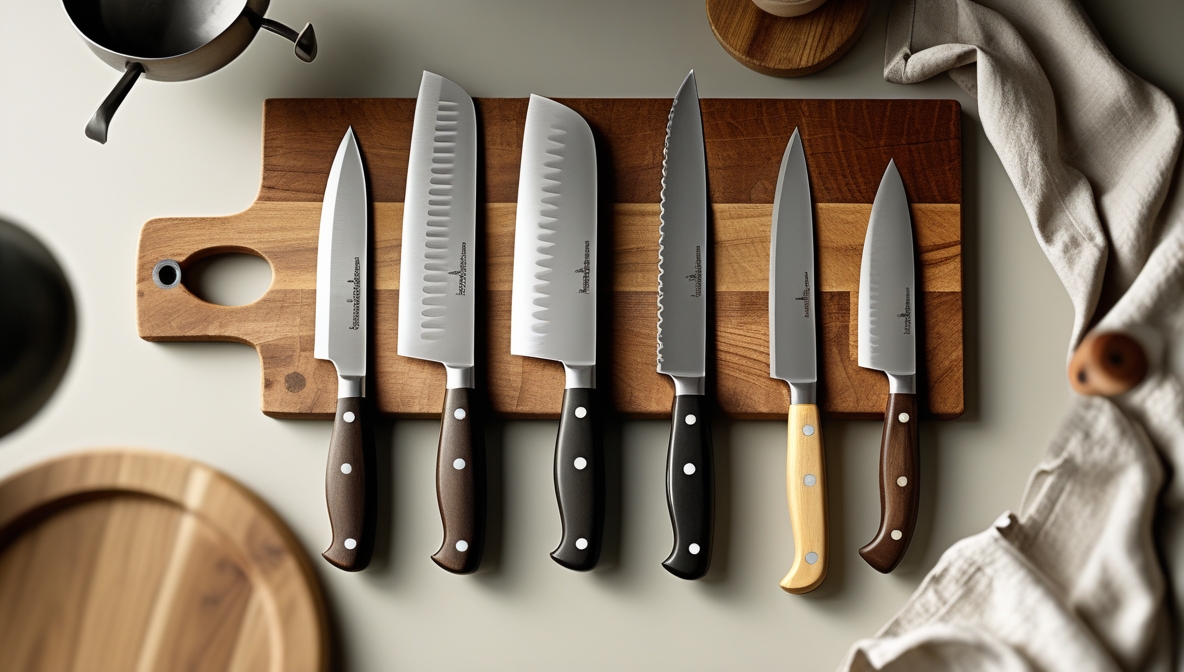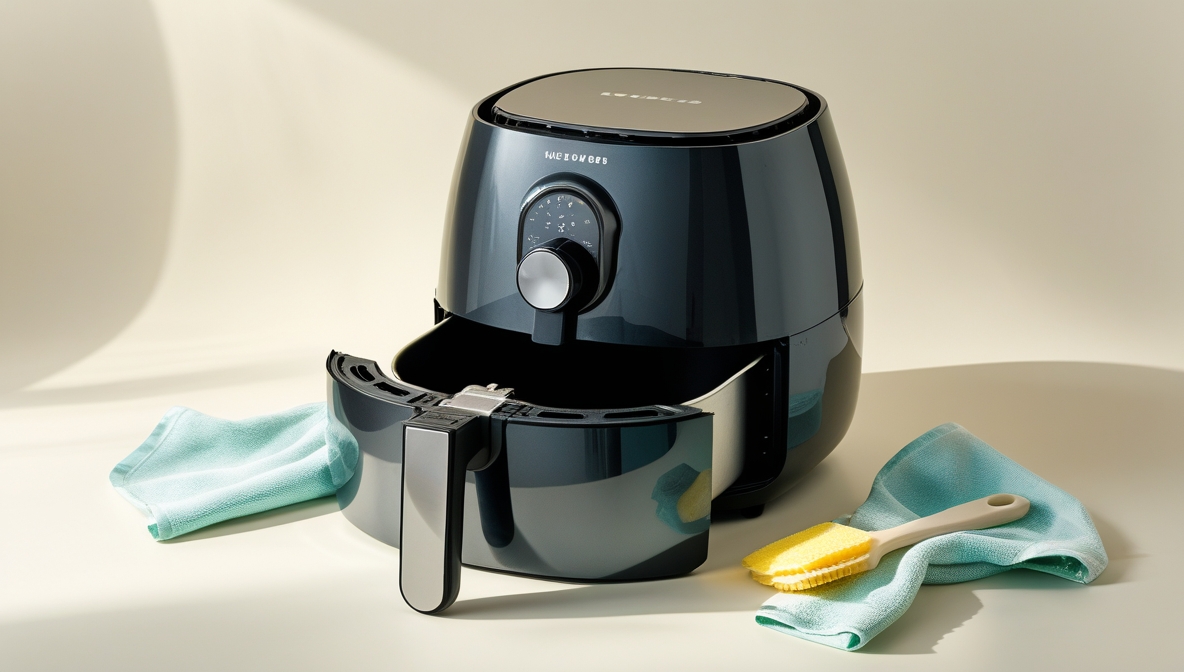A well-maintained knife stays sharper longer, performs better, and lasts for years. Proper care starts with the right storage, cleaning, and sharpening techniques. Without these, even the highest-quality knives will dull or become damaged over time.
Storage Matters: Keeping Your Knives Safe and Sharp
Improper storage can lead to dull blades, chipped edges, and potential safety hazards. Here are the best ways to store kitchen knives:
- Magnetic Knife Strip – A wall-mounted magnetic strip keeps knives within reach while preventing them from rubbing against other utensils. Position the strip where knives won’t be knocked off accidentally.
- Knife Block – A dedicated knife block keeps blades separated, reducing damage. Clean the slots regularly to prevent moisture and debris buildup.
- Drawer Insert – A designated knife drawer insert keeps blades from rattling around. Choose one with individual slots for each knife.
- Sheaths and Blade Guards – If space is limited, blade guards or sheaths protect knives stored in drawers. These prevent nicks and cuts while keeping edges intact.
Avoid tossing knives loosely into a drawer, as this dulls edges and increases the risk of injury.
Cleaning: The Right Way to Wash and Dry Your Knives
Knives require careful washing to prevent rust, stains, and dulling. Follow these best practices:
- Hand Wash Only – Dishwashers expose knives to extreme heat, water pressure, and harsh detergents, which damage edges and handles. Wash knives by hand with warm water and mild soap.
- Use a Soft Sponge – Abrasive scrubbers can scratch the blade. A soft sponge or dishcloth works best.
- Rinse Immediately – Acidic foods, such as tomatoes and citrus, can corrode steel if left on the blade. Rinse knives promptly after use.
- Dry Immediately – Moisture leads to rust. Dry knives thoroughly with a clean towel after washing.
- Oil Carbon Steel Knives – If using carbon steel knives, apply a light coat of mineral oil to prevent rust.
Never leave knives soaking in water, as this weakens the handle and encourages rust.
Sharpening and Honing: Keeping Blades Razor Sharp
A dull knife requires more force to cut, increasing the risk of slipping and injury. Regular sharpening and honing keep blades in top condition.
Honing: For Maintaining the Edge
Honing realigns the blade’s edge without removing material. It should be done frequently to maintain sharpness.
- Use a honing rod with a hardness that matches or exceeds the knife’s steel.
- Hold the rod vertically and slide the blade down at a 15-20° angle.
- Repeat five to ten times on each side before use.
Honing does not replace sharpening but extends the time between sharpening sessions.
Sharpening: Restoring the Edge
Sharpening removes metal to create a new edge. Depending on use, knives should be sharpened every few months.
- Whetstones – The best method for precise sharpening. Start with a coarse grit (1000-3000) and finish with a finer grit (5000-8000).
- Manual or Electric Sharpeners – Quick and effective but can remove more material than necessary.
- Professional Sharpening – For high-end knives, professional sharpening services restore edges without unnecessary wear.
Never use a glass cutting board or plate, as these dull knives quickly. Stick to wood or plastic surfaces.
Handling and Usage: Avoiding Damage
Even a well-maintained knife can suffer damage if used incorrectly. Follow these guidelines to prolong blade life:
- Use the Right Knife for the Task – Chef’s knives handle chopping, paring knives work for delicate cuts, and serrated knives excel at slicing bread. Avoid using knives for unintended tasks, like opening cans or cutting through frozen food.
- Cut on Proper Surfaces – Wood and soft plastic cutting boards reduce impact on the blade. Avoid glass, stone, and metal surfaces.
- Avoid Twisting and Torquing – Pressing straight down prevents unnecessary stress on the blade. Avoid prying or twisting, which can chip or snap the edge.
- Store Knives Dry – Even stainless steel can develop rust if stored damp. Dry thoroughly before putting away.
Proper usage prevents unnecessary sharpening and extends the life of each knife.
Long-Term Care: Ensuring Knives Last for Years
To keep knives performing well for years, incorporate these habits:
- Regular Maintenance – Sharpen, hone, and clean knives consistently.
- Inspect for Damage – Check for chips, bent tips, or handle wear and address issues immediately.
- Oil Wooden Handles – If your knives have wooden handles, occasional oiling prevents cracking.
- Store in a Dry Environment – Humidity can lead to rust and handle deterioration. Store knives in a dry, cool place.
- Respect the Blade – Proper use and care prevent unnecessary damage and reduce replacement costs.
A well-maintained knife not only lasts longer but also makes food preparation safer and more enjoyable. Careful storage, correct washing methods, and regular sharpening ensure knives remain reliable tools in the kitchen. By following these steps, a good knife can stay sharp and functional for years to come.



